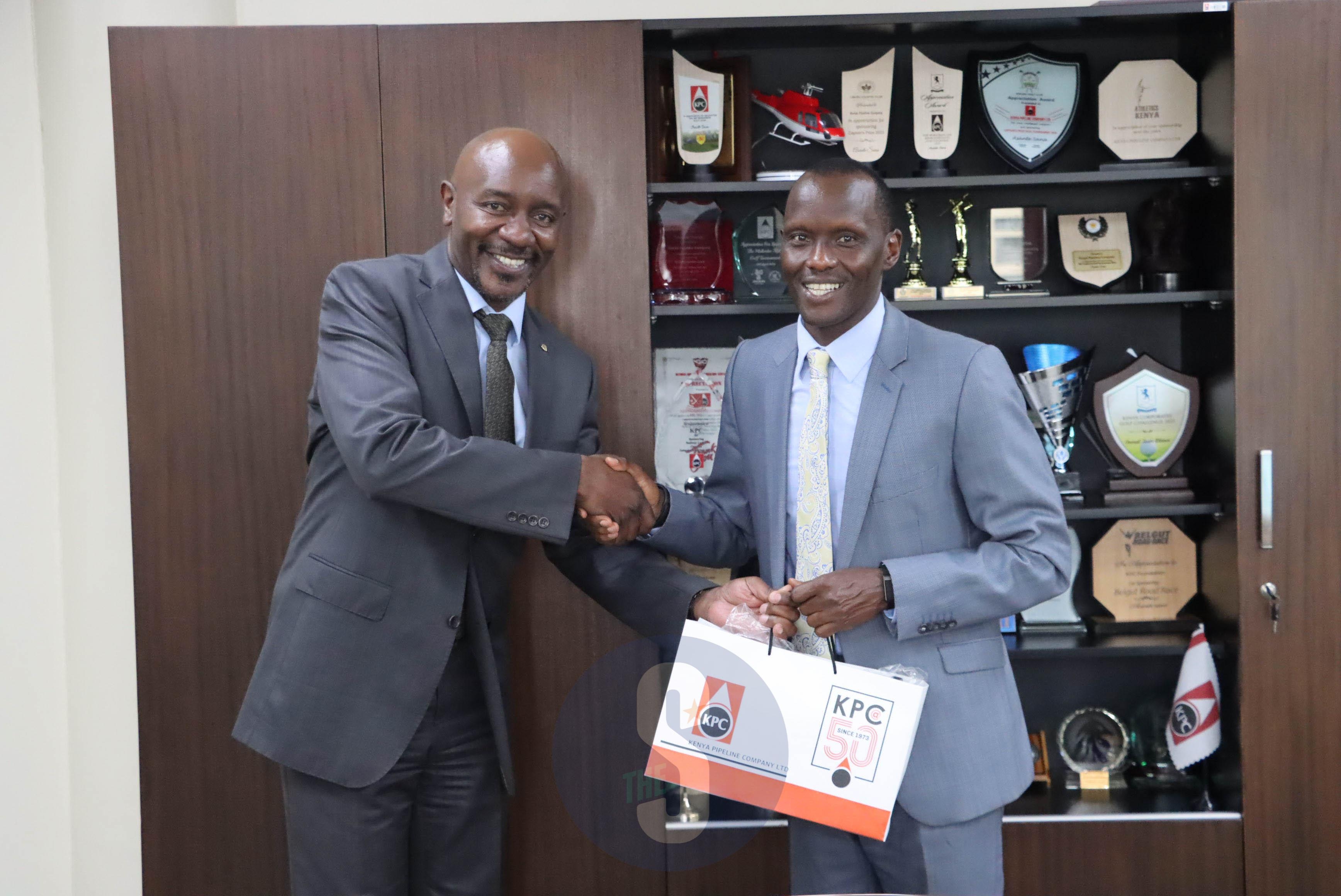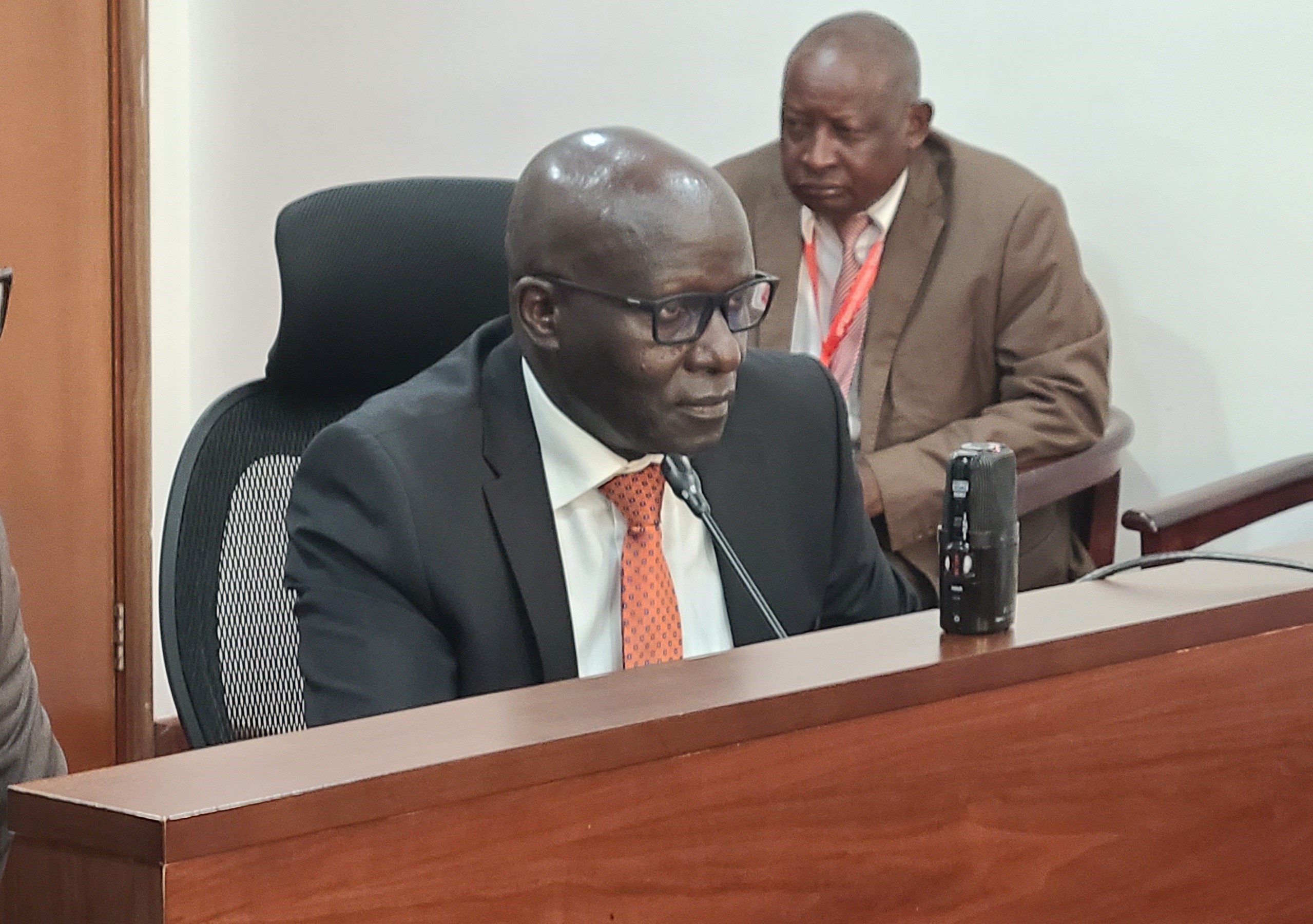When UN World Food Programme executive director David Beasley toured Wajir in northern Kenya on August 19, he was touched by the number of pastoralists who have lost their livelihoods.
“In northern Kenya, there have been no rains back to back for four seasons. These people live on livestock, they are pastoralists and all you can see are dead animals, all the animals have died and this is the only income they have,” he said.
Beasley added: “So what do they go back with, how do they support their families, the children?
Approximately 3.5 million livestock have been lost in affected counties due to the ongoing drought.
Beasley said the WFP has come in to support the needy where they can.
“It is just heartbreaking. I was talking to one of the fathers and I said what would you do and he said we will be like the animals, but anyway, we are here to give them some help.”
Beasley was in Wajir, one of the worst-hit counties, to commemorate World Humanitarian Day.
He said the ongoing drought ravaging various parts of the country is the reason most livestock have died.
Many species of wildlife have also not been spared as over 179 elephants have succumbed to the biting drought.
This happens even as predictions show that the ongoing drought, expected to affect 4.35 million Kenyans by the end of the year, is far from over.
On September 8 last year, the Kenyan government declared the ongoing drought situation a national disaster, calling for relevant ministries to initiate emergency assistance including water, food distribution and livestock uptake.
On Thursday this week, the Intergovernmental Authority on Development’s Climate Prediction and Applications Centre warned that the October to December 2022 forecast shows it will be drier than average across most parts of the greater Horn of Africa.
This means that the number of Kenyans in dire need of humanitarian assistance will increase from the current 4.1 million to close to five million by the close of the year.
Special Programmes CS Margaret Kobia on August 8 said the number of Kenyans in need of food aid is likely to rise from 4.1 million people to 4.35 million by the end of the year.
The National Drought Management Authority said the situation was worsening faster than was earlier projected.
In their estimation, the drought situation has deteriorated in 20 of the 23 ASAL counties.
These are Isiolo, Mandera, Samburu, Turkana, Wajir, Laikipia, Marsabit, Embu, Garissa, Kajiado, Kitui, Makueni, Meru, Narok, Nyeri, Tharaka Nithi, Taita Taveta, Tana River, Kwale and Kilifi counties.
NDMA attributed the situation to the poor performance of the 2021 long rains, coupled with the previous three failed consecutive seasons.
IGAD said areas affected by drought in Ethiopia, Kenya and Somalia are expected to receive insufficient rainfall this year.
These poor conditions are likely to extend to parts of Eritrea, Uganda and Tanzania.
ICPAC director Dr Guleid Artan said the October to December season contributes up to 70 per cent of the annual total rainfall, particularly in eastern Kenya.
“It pains me to be the bearer of bad news when millions of people in the region have already suffered the longest drought in 40 years. Sadly, our models show with a high degree of confidence that we are entering the fifth consecutive failed rainy season in the Horn of Africa,” he said.
"In Ethiopia, Kenya and Somalia, we are on the brink of an unprecedented humanitarian catastrophe."
IGAD executive secretary Dr Workneh Gebeyehu, together with FAO and WFP, last month said 50 million people across the globe are expected to face acute food insecurity this year in seven IGAD countries.
"Today, considering this grim climate forecast, conflicts in the region and in Ukraine and macroeconomic challenges, I solemnly renew our call to national governments, donors, humanitarian and development actors to adopt a no-regret strategy and help us weather the worst of this crisis,” Gebeyehu said.
Last week, Unicef said more than 90 per cent of open water sources in drought-hit areas of Kenya were either depleted or dried up, posing a serious risk of waterborne disease outbreaks.
These water sources include open wells and ponds.
Unicef said the drought has also led to the proliferation of severe malnutrition.
It warned that without urgent intervention and support, children in the Horn of Africa and the vast Sahel region “could die in devastating numbers”.
Unicef said in the last five months, the number of people in Ethiopia, Kenya and Somalia without reliable access to safe water has risen from 9.5 million to 16.2 million.
The latest bulletin from the National Drought Management Authority shows that at least 4.35 million Kenyans will be in need of food aid by October if the drought crisis continues unabated.
The Kenya Meteorological Department says between July 2011 and mid-2012, a severe drought affected the entire East African region.
The drought, considered to be the worst in 60 years, caused a severe food crisis across Somalia, Djibouti, Ethiopia and Kenya that threatened the livelihoods of 9.5 million people.
In January 2014, the government of Kenya declared an impending drought with an estimated 1.6 million people affected.
This followed poor rainfall over the arid and semi-arid counties during October-November-December 2013.
After that, there was also a poor performance of the long rains between March and May 2014 in the arid and semi-arid zones.
The drought situation continued to affect both pastoral and marginal agriculture livelihood zones.
At the end of 2016, from around late November and into early 2017, Kenya was once again in the grip of a drought.
This followed two consecutive seasons of March-April-May 2016 and October-November-December 2016 of poor rainfall, resulting in depletion of critical pasture and water resources.
The drought also occasioned water and electricity rationing, affecting even areas that are not widely known dry-lands such as Elgeyo-Marakwet, Bomet, Kisumu, Busia, Kakamega, Homa Bay and parts of central Kenya.
It was during this drought season that Ndakaini Dam was reported to have gone below the 50 per cent water level mark.
At the beginning of 2019, parts of the country experienced drought conditions due to prolonged failure of rainfall, prominent among these cases were West Pokot, Turkana and Baringo counties.
Kenya Met said the October-November 2018 rainfall was below normal followed by below-normal rainfall in March-April-May 2019 in Northwestern Kenya.
In 2020, due to the below-normal rainfall during the October-November-December 2020 season, some Counties experienced drought conditions with trends indicating worsening conditions.
By October 2020, Garissa, Mandera and Wajir Counties were in the alert level of drought status. Attributed to the drought were reports of acute malnutrition across the ASAL counties.
The food security situation in the ASAL counties was at one of the lowest levels in the last 15 years.

















